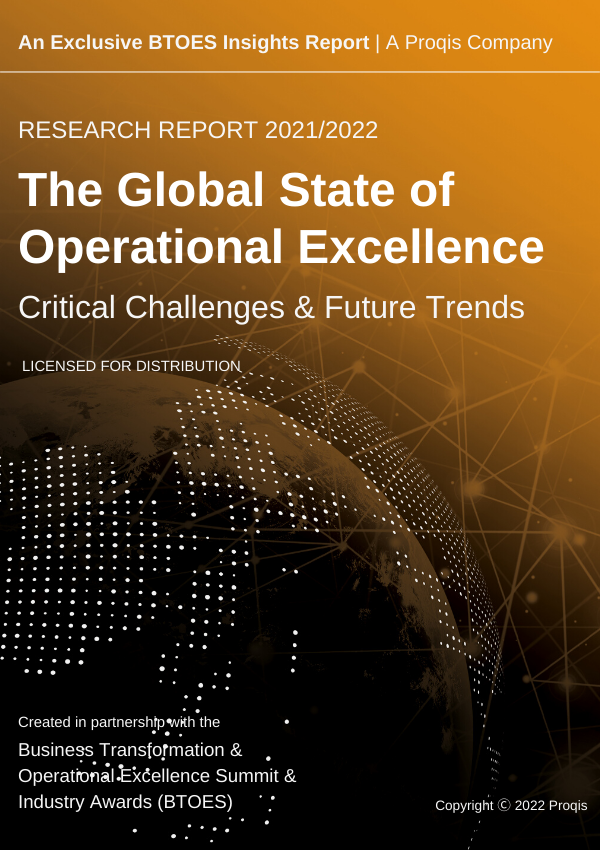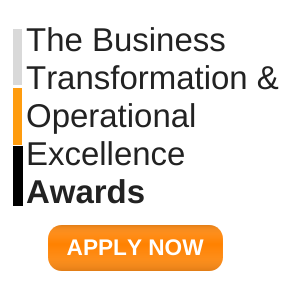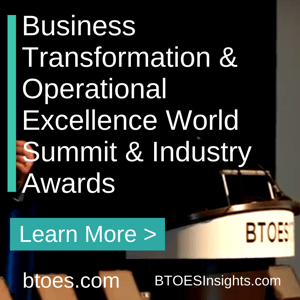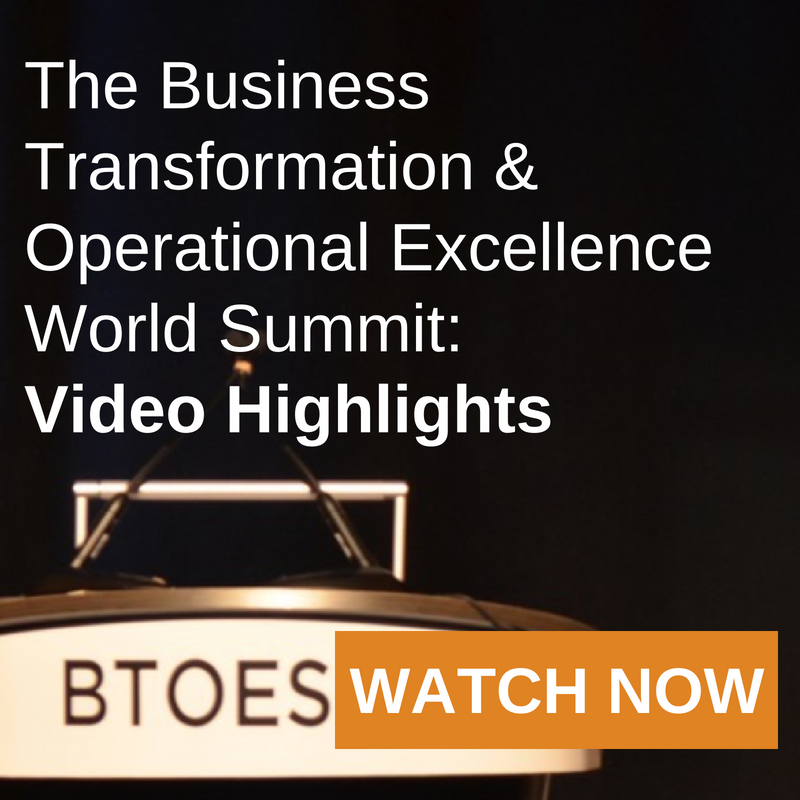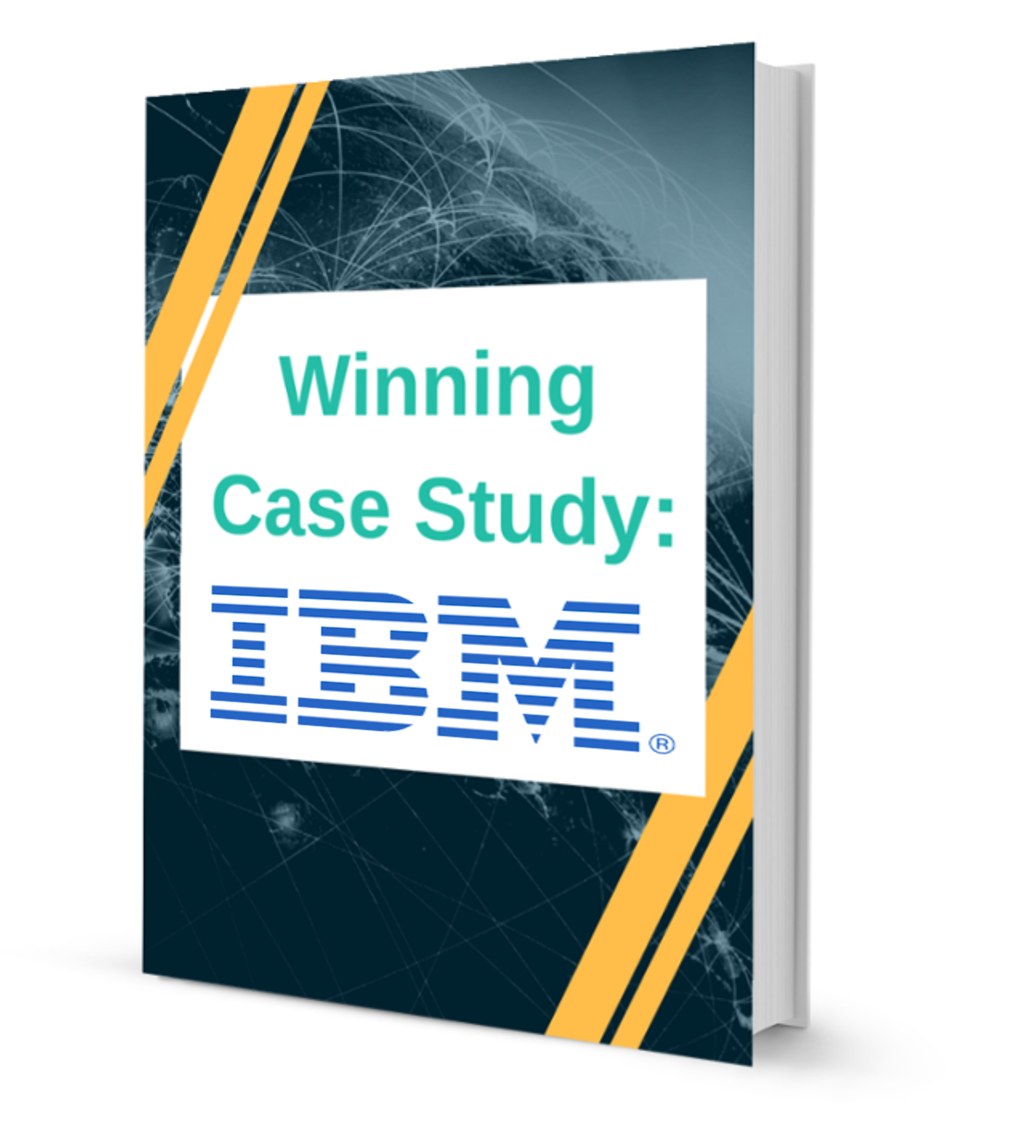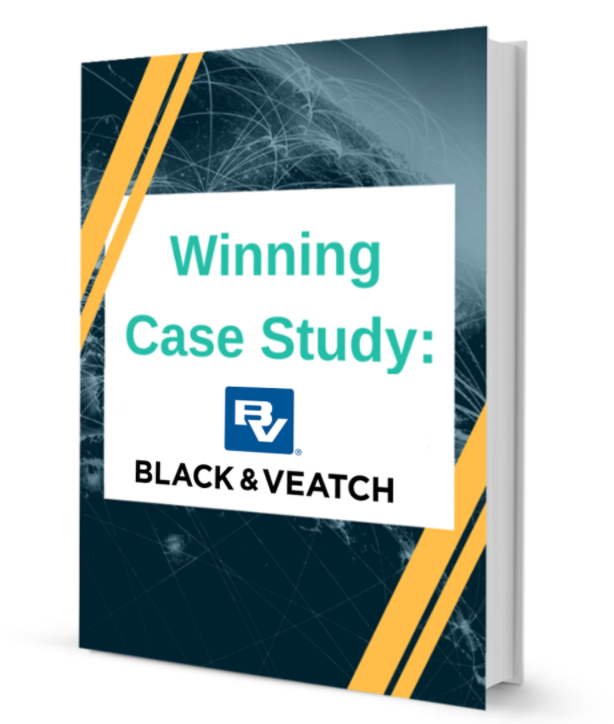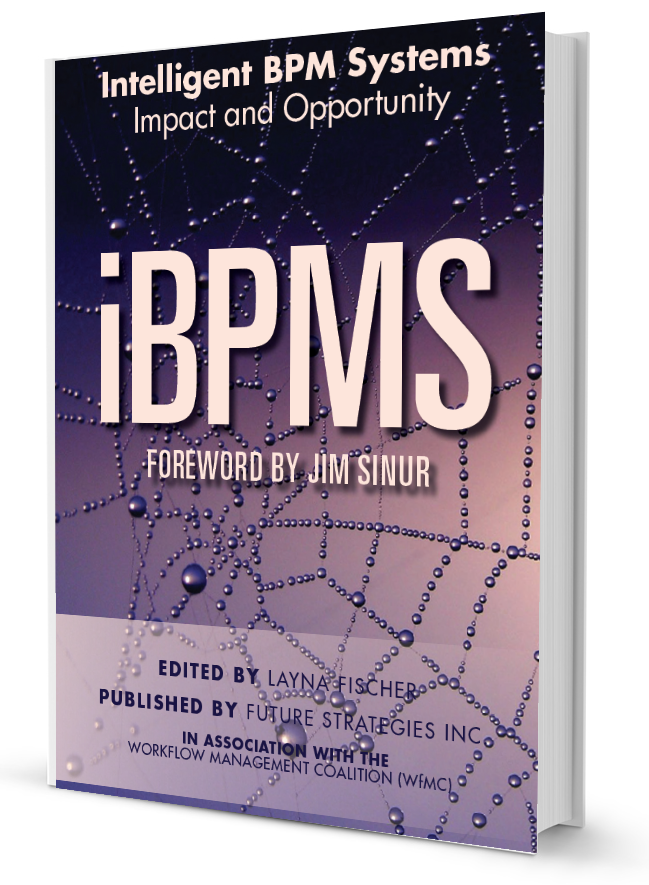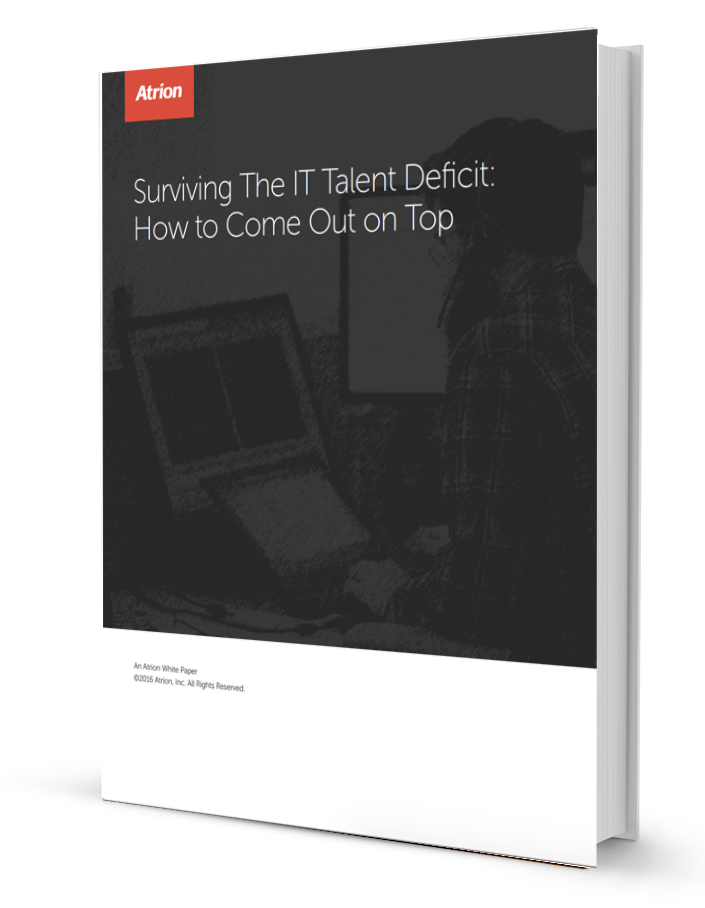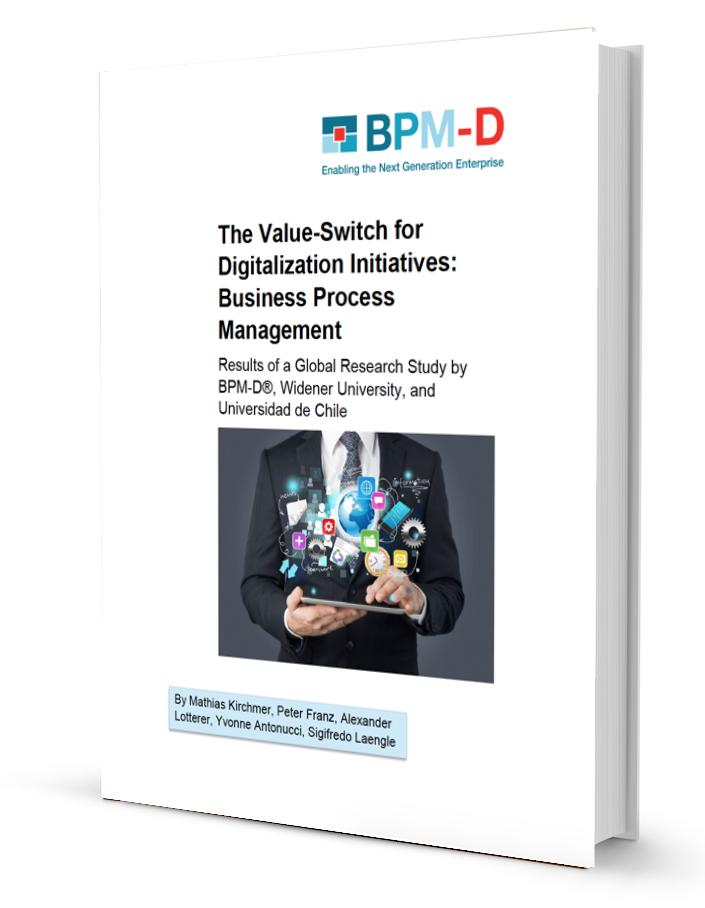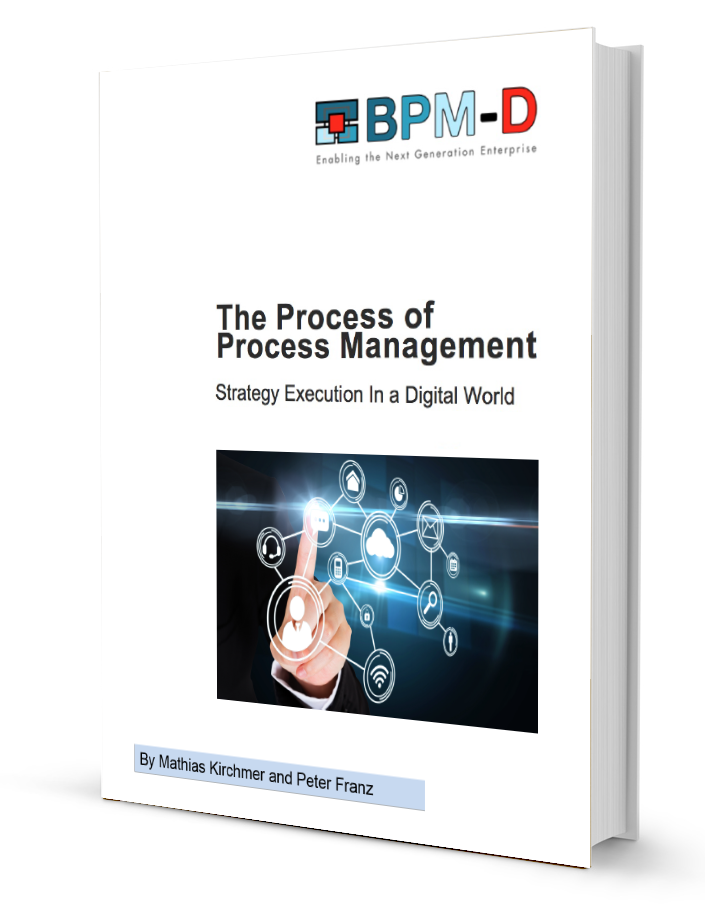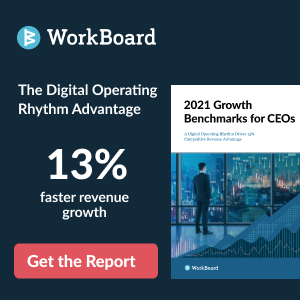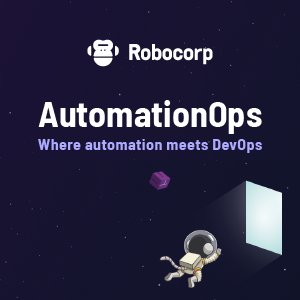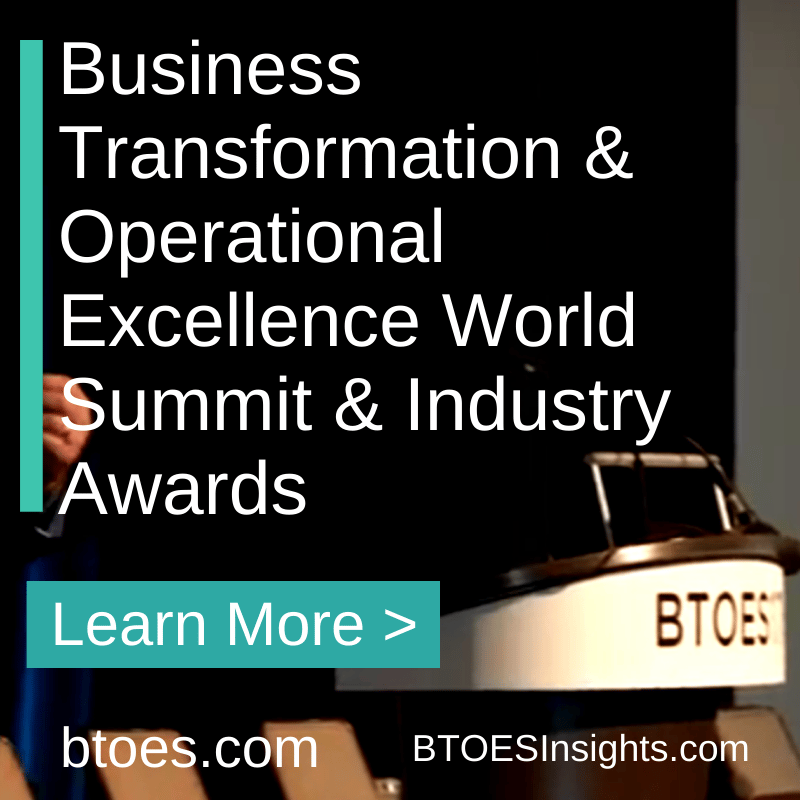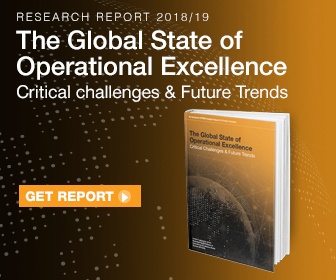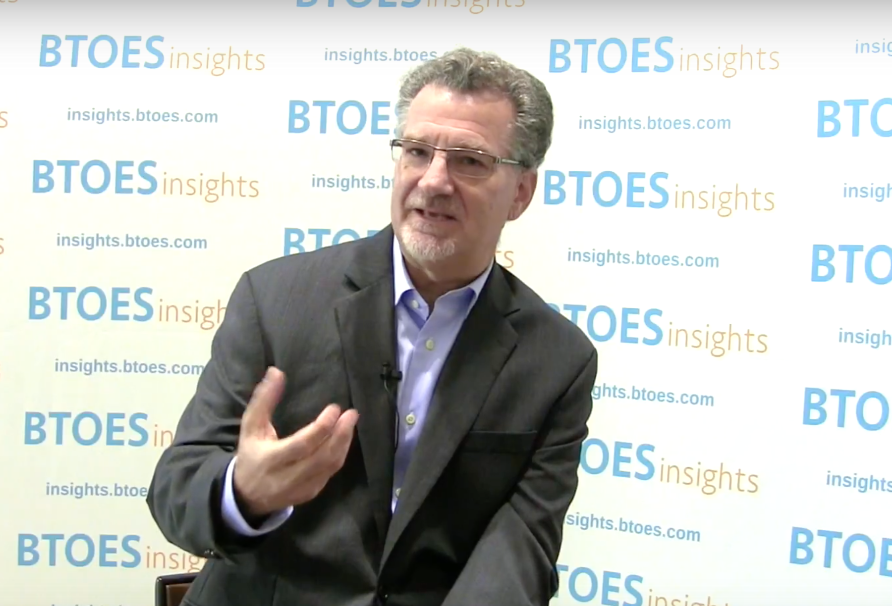Name is Joseph Paris. I'm the host for RPA and Intelligent Automation Life and very glad to have already three terrific presentations today from industry leaders. And the last presentation for today's segment is is another great industry leader with a very practical approach to intelligent automation and RPA to the work that he is doing with his organization. So please welcome macarena the Director of Service Optimization for Prudential Insurance.
And Matt is a Lean six Sigma Black Belt, holds an MS from Worcester Polytechnic Institute and Operations Analytics, and also has completed MIT Certificate Program in machine learning and artificial intelligence.
Matt is going to be have a very practical talk with us. There will be no slides, it will just be Matt talking about his perspectives on the topic. And the topic that he's going to discuss is cutting through the noise. How can you use AI solutions to drive excellence now?
So, without further ado, Matt, great to have you with us.
I'll let you have the stage. Thank you so much, Jose. Good afternoon everyone. And thank you all for letting me speak here today as Jose stated unmet Merino currently with Prudential and the role of director for service optimization. What am I work here, as well, as in prior organizations, has focused heavily on driving Digital Transformation heavy? emphasis on process automation. So you have to be able to speak to you today, about what I found helpful regarding how to apply intelligent automation, to drive results. I'm also sit share with you some of the challenges that I've encountered along the way you may have, as well, or that you may in the future, with the hope that I may be able to help you avoid some of the same struggles to that end.
I will say that, I suspect we all have at least one thing in common, and that's that no one seems to have all the answers in this space, that's growing and evolving so quickly, so, you know, this is gonna really be about my experiences, what I've learned, what I've observed, And I'd love to learn from you guys as well. So, if you're willing, please reach out to me on LinkedIn. I would love to maintain contact. I think, you know, I'm loving this virtual forum, But I do miss the networking. So, if there's opportunities for us to stay connected, I love to engage with all of you. So, going into this notion of intelligent automation, one of the things that I wanted to do, was kinda defined Scope.
I thought, this was a really well worded verse, in terms of what this is, I got this from Edinburgh. But that RPA is the automation of rule based, repetitive tasks, whereas intelligent automation then applies things like artificial intelligence, related technologies, such as computer vision, cognitive automation, and machine learning to make intelligent decisions. Thereby improving accuracy and eliminating hours. I would say that I think that's really comprehensive. The one thing that I would add, I think OCR and NLP, you could argue that they fall into some of those categories. I think a lot of the technologies that you are familiar with, that you may already be leveraging now, I'm really recognize them to stand alone capabilities as well. But all under this notion of how can we broaden our toolkit? I'm gonna make reference throughout this conversation about a toolkit.
.png?width=421&name=Screenshot%20(8).png) But how can we brought in our toolkit so that when we are looking to drive outcomes, when we are looking at re-engineering of process, we want to have a broader set of capabilities. A lot of us are coming in Yeah. When I think about the operational excellence perspective, a lot of us are coming in really looking at process re-engineering, These tools in the right format, right? Environment, really can bring the work that we do much further than we ever could have done when just looking at process alone. I think some of the speakers earlier hit on some of the benefits, in terms of being able to drive some technology, innovation, really being able to drive a synergy, but being able to do so at a lower cost than what some of our traditional technological implementations would have required. All of these capabilities, I would say, have evolved over time.
But how can we brought in our toolkit so that when we are looking to drive outcomes, when we are looking at re-engineering of process, we want to have a broader set of capabilities. A lot of us are coming in Yeah. When I think about the operational excellence perspective, a lot of us are coming in really looking at process re-engineering, These tools in the right format, right? Environment, really can bring the work that we do much further than we ever could have done when just looking at process alone. I think some of the speakers earlier hit on some of the benefits, in terms of being able to drive some technology, innovation, really being able to drive a synergy, but being able to do so at a lower cost than what some of our traditional technological implementations would have required. All of these capabilities, I would say, have evolved over time.
They're in very different states of maturity things, like OCR Technology I've been using for the better part of the last, you know, 15, 20 years when I think about scanning indexing. Some basic screen scraped capabilities. And then you look at things like AI, where, you know, I think a lot of what we're seeing today, both in the conversations that we've heard, as well as when we look at the various articles that are out there. A lot of it is the aspirational piece. A lot of controlled experiments that are being done within the education space. Academia, but in terms of the practical application of the end of the world, as we know, it has, you know, Elon Musk has shared his perspectives on, I think we can recognize that, most organizations haven't felt that level of transformation just yet.
But I think that's, you know, the question is, you know, with these early successes, you know, I do think that the sky's the limit. When we think about the potential of what these tools, when used properly, when used in conjunction with one another, may be able to do for our enterprises.
So when I thought about, you know, what's the utopian view. Yeah, this end of the world as we know it. Machines taking over. It was hard for me to come up with a real concrete example. And then this morning, when I went out to get coffee and actually got one, it might not have transformed my life.
But if I think about what happened this morning, I got in my car and my cell phone immediately asked me if I was going to my usual stop coughing. And it was willing to pop up the directions. If I needed them, it was going to allow me not to take the directions if I didn't want them, but could give me an ETA based on traffic. That's ridiculous. If we think about how different that is, then, you know, years past, where GPS didn't exist, where intelligence, pattern recognition, machine learning, et cetera, Wasn't identifying patterns in the data to predict my actions, and suggests outcomes, It's amazing, how fast things like that have come. So when I think about that Utopian state, there are bits and pieces.
 Where, Yeah, if I was to articulate my utopian state, it would be that a customer inquiry across any channel is anticipated and are proactively provoked that the proactive solutions and anticipate the channel of choice are identified. So, again, really making this about the customer, in that decision making for the customers, virtually automated, with relevant options provided irrelevant opera options, excluded, and that the customer leaves the experience, Feeling loud, delighted me, becomes an ambassador of your company. So, when I already think about, you know what I've heard this morning. And what, you know, I think we as a little bit different is, I'm not a technologist. I don't code the programs, the various tools that I use, but I do orchestrate how those tools become part of enabling better overall outcome through process re-engineering. And, like I mentioned, you know, the notion of a toolkit.
Where, Yeah, if I was to articulate my utopian state, it would be that a customer inquiry across any channel is anticipated and are proactively provoked that the proactive solutions and anticipate the channel of choice are identified. So, again, really making this about the customer, in that decision making for the customers, virtually automated, with relevant options provided irrelevant opera options, excluded, and that the customer leaves the experience, Feeling loud, delighted me, becomes an ambassador of your company. So, when I already think about, you know what I've heard this morning. And what, you know, I think we as a little bit different is, I'm not a technologist. I don't code the programs, the various tools that I use, but I do orchestrate how those tools become part of enabling better overall outcome through process re-engineering. And, like I mentioned, you know, the notion of a toolkit.
But I have learned enough to be dangerous from technology. So when I think about that Utopian state, what has to happen in order for our systems to be able to provide that type of experience that I just described to you. So yeah, there's a couple of things that I took from the MIT program in terms of what our core competencies, if you will, that AI offers up.
And if you think about what I just described to you, one thing is that the systems in order to just hit that utopian environment, they would need to classify. They need to understand and interpret who I am and what people like me like.
You know, they also need to be able to anticipate or predict. So, thinking, predictive analytics, what might I want? What might I do, what I might? What might I have a propensity for?
Then when they talk about refining options so that we're filtering out the irrelevance, inferring and interpreting that you know, the combination of classification, predictive analytics to be able to really serve up what is the most relevant refined offering? It, to me, what I just described to you is really in a nutshell, the potential that some of these tools may have that goes beyond automation. It really goes to a very different experience that a customer or your customers could look forward to in the future. And that, to me, is what I think is, you know, the Holy Grail, and I'm not sure that any of us are fully there yet, but that's at least, you know, what, I would go to aspire to see my customers experience for the organizations that I've been a part of.
What I just described to you, that, while I would say that I haven't seen examples where That is consistently provided across all processes, across any one single enterprise, I would also argue that there's, a, there's a case to be made, That none of this is now, What I just described to you 10 years ago, was called, customer segmentation, predictive analytics, and aspects, action, video. So, when I think about that, even when I get into, you know, for those that are into the actual AI, the development of algorithms, bag of words, I would argue, is no different than they. There's a lot of things that are evolving. The software is more powerful than ever. This, the availability of data, the ability to actually pull data in from third party sources, so there's a lot more complexity that can be solved for. But I would say that there's a lot that's similar.
-1.png?width=600&name=Email%20Graphic%20Virtual%20Conferences%20(4)-1.png)
And the reason why I share this isn't because I don't believe that the promise of the future isn't incredibly different than what we've experienced today. It's actually the opposite. I do think that these tools are more powerful than ever. I think the availability of data is far greater than ever before, and that these tools will drive very different results. But I think sometimes we get caught up and it's probably a bias that we have based on the professions that were part of. But we love these buzzwords, We get caught up in these, and we're scared the heck out of box.
Like when we look at the various news articles, we talk about, you know, what, could go wrong and there should always be a level of ethics. that should always be, you know, an understanding of what these machines are capable of. But at the same time, I think what we're doing is scaring the heck out of our employees. Our customers, and if you think about what's going on around us, unfortunately, with unemployment rates being higher than I've ever seen them before, it's a really difficult world that we're in right now. It was already challenging. From a change management perspective, again, the more things change, the more things stay the same. This is, to me, no different.
If anything, it doubles down on our obligation to address change management, When we're getting into the, how these tools can be leveraged, what it means for the employee. You know, if I think about some of the things we're, most many of us have learned. When we think about Lean, there's a respect for the employee. This shouldn't be a headcount elimination piece. And there's a lot of things that need to be done in parallel to bring folks along. So, with that, I'm going to talk a little bit about what I've seen for signs of success. At a high level, you know, a lot of the work that I've been part of, weather explained in the insurance, financial, other industries, there's a lot of work that we still have coming in for a number of different reasons, but coming in via paper.
So, when we talk about being able to stack tools to gather, a lot of the OCR tools are now being brought along much further in terms of the accuracy they can project. Leveraging machine learning, stacking OCI with tools like RCA allows us to go a lot further than we previously could in terms of being able to automate data entry and rules based processing. I think RPA is probably when we think about some of the capabilities that have been discussed today. Certainly compared to things like computer vision. Things like artificial intelligence or machine learning, RPA is further along, but I can share with you guys, you know, an anecdote that I've experienced when we first started using RPA tools. one of the things that we heavily emphasized was this notion of repetitive tasks that that's still a valid statement.
But, the way we went about soliciting repetitive tasks was where it is now, very different. Previously we were looking for the copying and pasting. We were looking for repetitive motion, really like that, you know, I'll say almost archaic, time study, time, series study, time, motion study type activity. To really target opportunities. Now, we're recognizing, if you actually look at what RPA tools can do. And you re-imagine the process and we're gonna start talking about this in a moment, but how this becomes part of the toolkit, you can do a lot more with RPA than the copying and pasting replacements. And I think there's some really great examples I appreciate earlier today. I'll talk to you guys a little bit about how we've started to change our fundamental approach to, building out our RPA portfolio.
Process mining tools. So again, yeah. This, to me, is, something that's, more of an evolving technology, Came from the need of, a lot of organizations invested in RPA. Then, couldn't find the right use cases. There's a lot that's been done, in the last few years, around, process mining. I would also suggest that, process mining, again, similar to the RPA anecdote. There's a lot more that those process mining tools can do. Many organizations don't have process controls in place to actually ensure that the new processes are being followed, and that was touched on by the prior speaker process. Mining tools not only can identify the opportunities to accelerate the identification of RPA opportunities as well as the development of those. They can also be used to confirm that the happy path is being followed. Identify where deviations are, exist, exist, and allow for management system to be built around that.
Then obviously, when you think about what some of these new tools are doing, and I think the conversations around the medical space are really great. Example. I see a lot of that in the insurance space, where there's a lot of new abilities that are marching through machine learning and AI, around how we can classify unstructured data. For those that have been in the RPA space, structured unstructured data has always been a challenge to work through the, idea that we're able to, now take unstructured data and form insights. that's transformation. Or, potentially transformational.
I think.
The examples that were shared earlier match a lot of what, I've seen, what I've heard in the various engagements, which is, they still know, our test data is still relatively small but it's a great way of identifying and surfacing things to look into. So it becomes a digital assist, in many cases, instead of a true end to end straight through processing. But, if you, yeah, and I think that's one of the lessons that I've learned, is that we don't always have to have 100% automation to claim success. How do we find the bits and pieces that do make sense? That drive greater outcome, especially at scale?
.png?width=742&name=Screenshot%20(4).png) Know, so, when we think about, you know, that last point that I just touched on, I think that challenges a little bit of what a lot of us may have previously looked at when thinking about process re-engineering and the risk of sub optimization.
Know, so, when we think about, you know, that last point that I just touched on, I think that challenges a little bit of what a lot of us may have previously looked at when thinking about process re-engineering and the risk of sub optimization.
There are many different tools out there that are niche based. So, I'll use a call center as an example. There are tools out there that are not necessarily in the same vendor, and not necessarily the same platform, that can be used to predict where the call should be around.
That can automate the authentication experience, that can serve up next best action. When we think about process re-engineering, a lot of us, I certainly had this bias. Always looked for end to end solutions, always looked to the upstream downstream processes and ensured a comprehensive approach. And what I think we're finding now and it's exciting, but it may challenge us, is that the tools that are doing the best in this space may require us to think about those. individual steps within the process may require us to become comfortable with increased complexity by introducing many tools instead of 1 or 2 but potentially introducing many tools to be able to really improve the process across each and every step. That's not a bad thing. It does require a very different mindset though.
In terms of openness it also requires us to be thinking in terms of axiomatic design principles so that upstream and downstream failures don't occur or minimize and mitigate it because we weren't accounting for that. You know, I'll say, the connective tissue that's required across those. I think what we're going to see evolve in this industry again, world according to me. I think today we're seeing organizations that are most successful are using, in fact, you know, best in class solutions. I think, ultimately. We would love to see best and sweet solutions, and I think as this is such a new market, that it's probably too early to say that any one of us has the best and sued solution. That spans across front office back office and, you know, the various complexities of the individual steps that get taken.
In terms of things that I've seen as hardships or challenges, and this will kind of become, you know, a little bit inverse when we talk about best practices.
But this, yeah, I think this was touched on earlier today. This notion of no code and low code, I love it.
I'll start by saying, I love it. And it does allow, in some cases, for us, to do things faster than we could previously I've done. I also recognize that speaking with a couple of vendors that I've either leveraged or that, I've engaged salting engagements with. one of the things that I often hear is that their sales process stops, because, quote, the CIO stop them.
And one of the questions that I asked, and they kind of smile when I said this is, Why are you guys selling into us? These are technology solutions. These require, you know, at the, at a minimum, there's a tremendous amount of integration that's required in order for these to be successful. There's all sorts of user acceptance testing, like, This is a technology platform.
And for us to be coming in, you know, when we think about change management. When we think about our roles as advocates of re-engineering and change, we always try to design. We always try to come with an appreciation respect for those that have done the work prior to be an advocate for them. Not come and tell them how they are broken, and how we can fix them. And, you know, when I put myself in a CIO, shoes, if somebody from the operations team comes to me and says, Your systems can't do this, we can now solve it for you, and even better, we don't even need you were going to use that business analysts to do it. I can understand why the CIO's not loving and embracing.
No different than if I went into any operations group and said, you know, I think you guys could do better in here is how, and nobody even asked for my inside. So, I think, when we talk about change management, when I think about questions that were raised earlier, I think, you know, at the beginning of this, we have to understand, what is the technology roadmap? What is the end State vision? How does this become part of it in that direction? Really needs to be set from the very top, the C suite. So that, you know, these automation tools are part of their toolbox, so to speak, and that they know that they both have a seat at the table and they can help to wrap things.
Other issues that I think that, you know, are relatively common is this notion of, then, the flexibility that these tools offer, especially when you start talking about things like machine learning, Python, psyche. There's so many tools out there and that are easily available. There's a challenge there, domain expertise, whether it's the technical expertise to actually successfully leverage those tools or the business expertise that is required to understand the nuances. And, I'll give you an example. From the insurance perspective, there are a lot of data points that we need to exclude from our decisioning in order to meet regulatory requirements. If we throw this data into a black box, and the black box gives us an answer back, no matter how good an answer is. If that answer is violating or we can't demonstrate that, it is not violating any of those biases that are illegal.
We're breaking the law were violating our principles. Were unethical. But, you know, certainly none of those things are good. So, when I think about challenges, you know, how do you make sure that you have the right people in the room on top of the technologists on top of the data scientist, along with the relevant domain, expertise to be able to leverage these tools in a way that doesn't hurt us. So, again, we'll talk a little bit about how to organize for success.
And I think that's where, you know, we want to talk about talent. These are new tools, I don't want to say that there's a bill Burst by bias, but unless you've invested a lot of organizations that are starting out on this journey, won't have the talent day, one that talent is expensive to procure, so to speak. So, I do think, when we talk about the organizations that set themselves up for success early on, there, probably is a tendency to not build. So, that you're able to really stack the deck in your favor, and be able to drive success, be able to drive credibility to your program. And then, you can think about how to scale these beyond individually cases. So, I'm gonna go through a real quick lists around the suggestions, and then I'm going to turn it over for questions.
.png?width=421&name=Screenshot%20(8).png) But, in terms of suggestions to drive success one over, I've touched on this, Establish a transformation strategy that absolutely articulate where and how intelligent automation and those tools out of it that should be done at the CEO, CIO, or CTO. You name it at that C suite so that there's not a lack of alignment. That there's not a real risks that we're stepping into. Somebody else's sandbox in. That war. You know, our success. Or lack thereof requires alignment. If we don't have it, we will not be successful. I'll say That is. Almost a certainty communicate, so whether it's within those teams, because this is a change for them, but certainly do our employees communicate. What is the reason for this change, this need, for change reinforce, That we're going to test and learn, be transparent. That these transformations, These tools don't always plugin and work as advertized.
But, in terms of suggestions to drive success one over, I've touched on this, Establish a transformation strategy that absolutely articulate where and how intelligent automation and those tools out of it that should be done at the CEO, CIO, or CTO. You name it at that C suite so that there's not a lack of alignment. That there's not a real risks that we're stepping into. Somebody else's sandbox in. That war. You know, our success. Or lack thereof requires alignment. If we don't have it, we will not be successful. I'll say That is. Almost a certainty communicate, so whether it's within those teams, because this is a change for them, but certainly do our employees communicate. What is the reason for this change, this need, for change reinforce, That we're going to test and learn, be transparent. That these transformations, These tools don't always plugin and work as advertized.
Don't be surprised by that failure and don't hide that failure to be transparent with it. But, you know, when you think about being transparent with it, be transparent around root cause, what went wrong, and when we go back to try it a second time, why do we think things will be different? We don't want it to be the definition of insanity, is doing the same thing over and over again and expecting a different result, But really believe that these are new tools, they're not designed specifically to your environment. They're designed for broad environments. And just because one tool doesn't work and may not be the tool, it may be. It may not be the person or the programmer, it may be. But look to really identify what your root causes share that broadly, so that people are able to support in the lineup and advocate for it, Yeah, for success. And the other thing is also around the, the employee disruption recognize people are scared.
No different than, you know, I'll say, general change management, but probably amplified. Make sure that you're building a vision for growth. These tools can make roles more interesting, as opposed to simply being eliminated.
There's a lot of ways when we think about future of work, there's a lot of ways to be planning for the success of these tools, Planning for transition plans, so that employees are recognizing that this is being thought about as being thought about in a way that. I mentioned this earlier. Step, the depth. Don't try to solve world hunger, don't bite off more than you can chew, and don't try to deploy these technologies for the first time with limited experience in use cases that no other organization has ever been successful.
Start small, figure out where there has been success, replicate best practice. That would be my advice. And I know that, you know, may be less than ambitious, but it's about starting off, getting some wins, getting credibility in, earning your right to innovate, that, that would be my thought. And again, I think there's a bias there, being a little bit risk averse, but also recognizing that there's a risk that we throw the baby out with the bathwater, if these early engagement aren't successful, don't let that happen to your program.
Organized for success, and this is going to be, you know, I'll say that they are the big ones around how do we tie this into process. I do not believe personally that RPA, AI, machine learning, is any different than any other tools in the Lean six Sigma, We don't run around trying to find a use case for an FMEA. We don't run around trying to find a use case for sidewalk. We shouldn't run around trying to find a use case for RPA. That's my opinion, when I think about the reasons why for that. We should be designing processes to an aspirational capability.
In order to do so. We shouldn't be automating existing current process. We should be evaluating that existing current process to determine really, is it delivering everything? we could ever aspire for it to do.
At a minimum, check that box. In most cases, you'll find that there's things that could be improved. And there's things that, if you now understand what these tools can do, that could be refined or modified to really enable that process to be well set up, to be enabled for digital transformation, to be able to be enabled. For these tools, things like, where can we get to structured data more easily, either things that are in text boxes, that could more easily be formatted things along those lines, E signatures, instead of digital signatures. All sorts of things will allow for you to think about that end to end process differently. In order to do that, when I think about this, you know, I'll say that the structure that I've seen work best.
It's not about org structure, it's not about moving people into different roles or hierarchies, but having resources from start to finish that recognize, that come from like an IT architecture backgrounds, that come from the business domain background, that come from the continuous improvement background, and, quite often, though, not always the case, come from an HR background. Now, if we're talking about the potential of a complete re-engineered project process, that drastically changes what the employee is doing, HR has to have a seat at the table. It's not uncommon to see roles go from exempt and non exempt, as we take away some of the monotony of data entry and we more heavily emphasized decision making. Things like that, are really important to make sure that, again, when we're building out a comprehensive solution, and to end that, supports it. And most importantly, business sponsorship. Again, I go back to change management, when the leader of that Operation area is your Champion.
That's there to remove obstacles, that they have to drive alignment. That's there to connect you to the customer. That goes a lot further than traditional CI where we've got, most of many of us have stumbled where some of our CI programs were more heavily organized around financial outcomes. Finance clearly has a seat at the table in terms of benefits, but, if we're known as the grim reaper and these tools magnify that fair, it's going to be very difficult to get the domain expertise and business support.
-1.png?width=600&name=Email%20Graphic%20Virtual%20Conferences%20(4)-1.png) Um, then last but not least, I'll say, you know, as your capability mature, so a lot of what I just described, is about getting your program off the ground, trying to set yourself up for success and stacking the deck. But moral are moving forward, as you earn that opportunity, you start sending out the beehive that, you know, the gold, hairy, audacious goal, drive significant challenges. In terms of what you're looking to accomplish and really be aspirational, it forces you to get out of the box. Design for digital, so I touched on this one already, but recognize that before you start automating the process, we want to improve it as far as you can. Even with the understanding and the lens of what can the machines now do with these various capabilities to go further than what process improvements along window.
Um, then last but not least, I'll say, you know, as your capability mature, so a lot of what I just described, is about getting your program off the ground, trying to set yourself up for success and stacking the deck. But moral are moving forward, as you earn that opportunity, you start sending out the beehive that, you know, the gold, hairy, audacious goal, drive significant challenges. In terms of what you're looking to accomplish and really be aspirational, it forces you to get out of the box. Design for digital, so I touched on this one already, but recognize that before you start automating the process, we want to improve it as far as you can. Even with the understanding and the lens of what can the machines now do with these various capabilities to go further than what process improvements along window.
Then last but not least, management and process controls and sustaining the game. You know, I would suggest that, you know, this is a challenge for organizations. And I think the last speaker, you know, made a really good point that a lot of the project teams disband and move on, how do we sustain again? And one of the things that you're going to gain, will not be end to end automation. So, you must, in my opinion, have process controls in place, whether that be manual through the go and sees in the five lens model. Although, yeah, that can be manual time consuming, and challenging. Or, as I mentioned, you know, thinking about how process mining tools may be used differently to drive things in a more meaningful way.
So, with that, those were my, I'll say structured comments, but I really wanted to make sure that you guys had a chance to ask me questions. And, at this point, I'll turn it over to Jose to share those.
I just didn't know them each step in the right moment, apologies Josie. And so having some issues with these video. So, if you could bear with us for NaN, we'll say, we'll try and solve this. Yeah, absolutely.
OK, In each room, while we try to do this, there's a couple of quick questions, which we've got up here, one for you.
I just lost your audio off your skills. They can, yeah. Sorry about that. Do have a question for you. What will be your strategy, in case you had to justify benefits of automation initiatives where there is no FTE stroke costs release in the first year of implementation?
So, I think that so great question. I'm going to answer two different ways. If the question is specific around no benefits in terms of first year, meaning that the investment costs is greater than year one recovery, we normally look at five year business cases. I'll say most of the organizations that work with that a minimum is three years. Most companies, it's five.
So, you know, part of it is just looking out across the time horizon is one.
I think the other way of answering that question just to it, knowing that it could come from a couple of different directions, is about the soft benefits around customer experience. I will tell you that a formal organization that I work with when we look at customer experience, when we attach value of customer experience to things like retention to things like propensity for upsells. More often than not, the value that comes from the increased experience is actually higher than what we see for operational expense reduction. So I think there's two ways of thinking about that, whether it's about the horizon or whether it's about you, know, softer benefits, I would suggest, And this comes just from my experience with being able to get investment dollars, at the end of the day, unless you really have an organization that is truly just trying to learn.
And this is purely nothing more than a learning experience. It's going to be really hard to get investment dollars without being able to articulate why you're doing this. But I do think that there's a strong value. In terms of learning.
And being able to tell that story in the context of, know, we believe we could save X millions of dollars if we were able to successfully do the following. And we want to have a use case. And the reason why we're falling behind using this use case, even though it doesn't provide tangible benefit, is for the learning experience. And it's a proof of concept. And you know, a lot of the vendors that are out there, that that's a very low investment threshold, that could be required to make that it was kinda the third Angola people.
Thank you for that. So hopefully, that goes some way through your query. Following on from that, it has a question around which processes, or activities do you approach currently with the highest priority in your transformation program, within the insurance business?
Yes.
I think that, you know, the orient, the common thread that I'll say that I've heard, that I've observed both with the places I've worked for, as well as those that I speak with, it's about maximizing value, whether that be true dollars saved, whether that be revenue gained, or whether that be customer experience. So, usually, when you, when you're looking for that, there's an order of magnitude, so, when we think about filters that can be put on to identify the best opportunities. You know, where are we spending the Most? where we have, the opportunity. While the customer. Most, where we have the opportunity to remove defects. The, most, those types of measures help. A lot to identify the process and then looking for patterns within that process in terms of how suitable are they for various technologies. So, you know, if it's highly repetitive, if it's documented, if there's low variation, you know, all of a sudden you have a really compelling candidate for success. In quite the opposite can easily be inferred as well. A lot of insurance organizations as an example, customize their plans, customize their offerings.
Those rules aren't necessarily structured, so being able to apply automation in those environments brings additional complexity. So, I would say it's a combination of that aspirational benefit case, The lens of feasibility, and that really puts a good filter on, where you can start. And like I mentioned, some of the process mining tools out there are incredible, in terms of how they can sift through the vast organization, the vast number of processes and really put that size on the air in a way that I'll say traditional Excel exercises with budgets, quite honestly.
.png?width=742&name=Screenshot%20(4).png) Thank you, Matt, that hopefully will provide you with some insight that you were looking for. And finally, I have a question for David Turner, who's asking you. what do you mean when asked why these no code low code solutions would be sold to us?
Thank you, Matt, that hopefully will provide you with some insight that you were looking for. And finally, I have a question for David Turner, who's asking you. what do you mean when asked why these no code low code solutions would be sold to us?
Yeah, so, one of the things that I, you know, I was actually just having this conversation this past weekend.
So one of the things that was interesting to me was this person is works that runs a sales organization for a company that sells automation tools. And he was lamenting the fact that we're his sales go south is when the CIO or somebody in the senior levels of IT says now.
And the question that I had asked them and I was fine because we had a really good dialog about this. But the question that I asked them was, why wouldn't the CIO support the recommendations of their staff? And he bounced back to me, well, I'm not working with their stuff, I'm working with operations and he then side of the spouse. This notion that these low code, no code solutions, allow for teams, like ours at LSA teams, like ours, teams, of process engineers, and very much Lean six Sigma Black Belt business. Knees that, we should, in, their, in, their sales model be empowered to deploy these tools.
And I laughed and said, Yeah, I didn't need as, I say that, I happen to say most of my brother-in-law so I laugh though it wasn't meant to be disparaging or condescending.
But what I was laughing at was this notion that, in the environments that I've worked for. So, again, everybody's unique situation applies, but I've worked for mostly Fortune 500 companies that have tremendous rules and boundaries around what goes on in our operation within our technology. And the idea that I could single handedly, and I would have been, according to him, I, was like, his key demographic.
I would have been who they would be, you know, paying, and I'm sure most of us are getting these advice, on a regular basis, through LinkedIn, and others. I would be that the key demographic that he would target, And he would expect, you know, build the relationship. Sell me on what tools can do, then, at the end of the day, for me, to bring in a technology tool that goes through the technology procurement team.
That goes through enterprise application resource board. Oh, yeah. There's a lot of architectural standards that need to be met that I know nothing about, or that I knew nothing about prior to our partnering with them in these roles. But the idea that the operations teams should be making these, you know, these are strategic, technical and technological decisions. Not that we shouldn't be part of them, not that we aren't the biggest benefits from having them, But we're certainly, in most in the experiences that I've had, were not the decision maker. So, it's not that I have nothing against those solutions whatsoever. But I think some of the vendors are struggling because they're selling into us. Because they know who are advocates. They know we can see the value of it, But they're not necessarily always recognizing. At the end of the day, we're really not the decision maker for some of these tools and how it fits into the reference architecture. Yeah, that's, you know, envision from our CIO.
And thank you for that, David, hopefully, that provides the answer you were looking for. If not, and you would like to take this further, I'm sure that offline, be very willing to continue the conversation, the same with anybody's not wanting to create a better tomorrow.
Excellent, OK. Thank you so much, really appreciate it, An excellent posey presentations for the first day of the conference. Really appreciate you getting involved, and I wish you all the best for the rest of the day.
Thank you.
Now, in terms of the summit, that's the end of the first day we look forward to seeing you tomorrow. Brian? 8 45 Eastern, Standard Time for the day, too, If you have any queries, and, of course, students, please don't just drop us a line once the webinar has twice now. Please don't hesitate to leave us your feedback for day one, and look forward to catching up with your day to take care. And enjoy the rest of your day.
Thank you.














































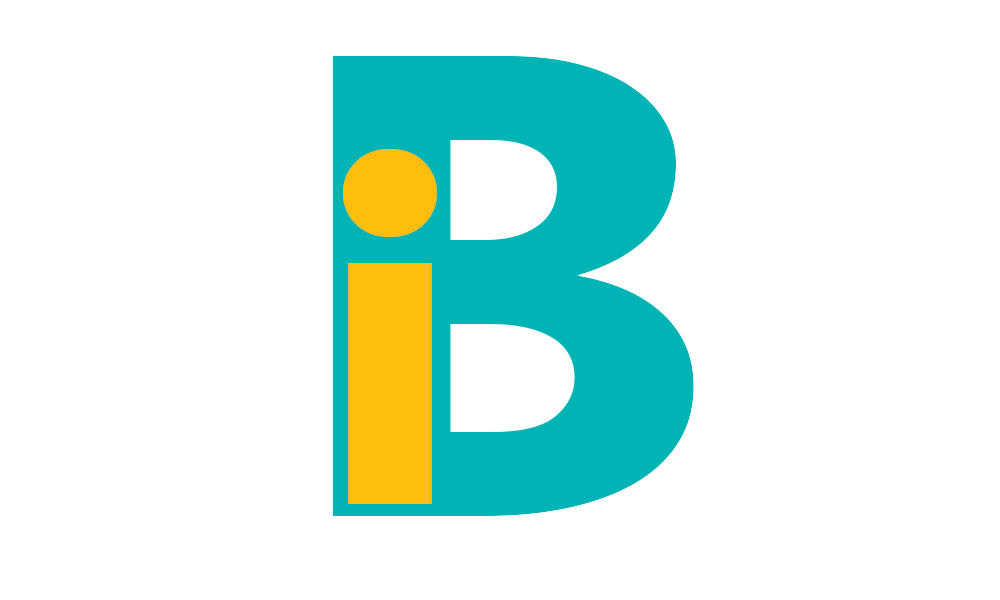
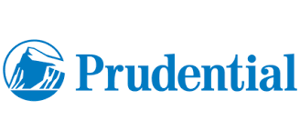

-2.jpg?width=235&name=more%20(3)-2.jpg)
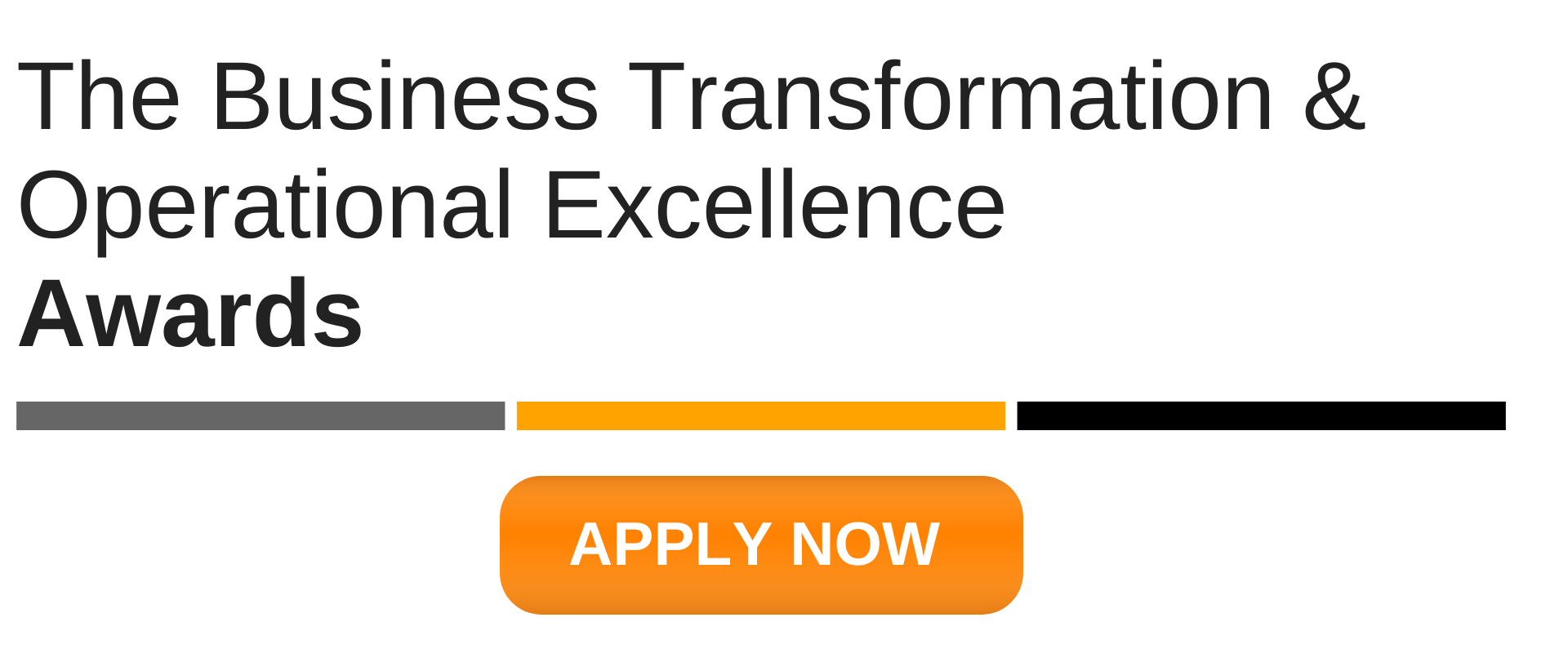
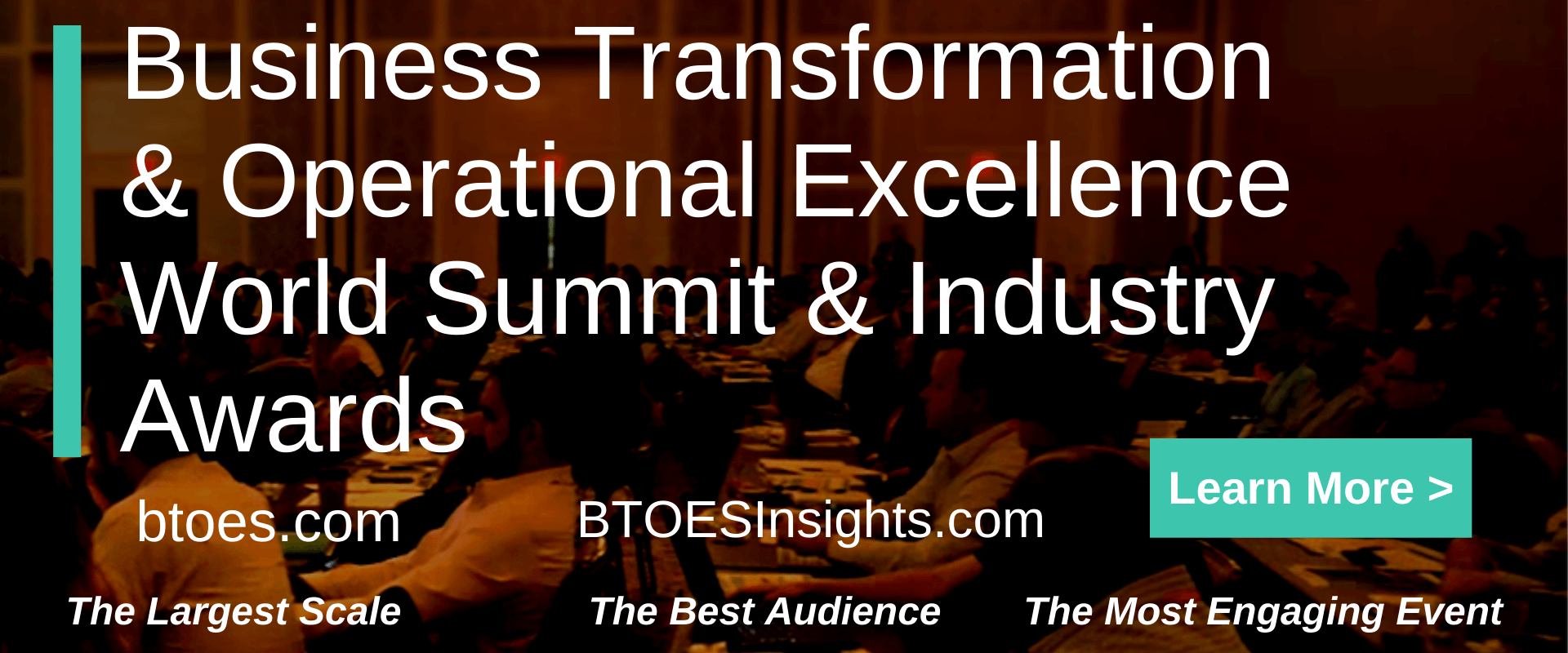
-2.png)
-2.png)
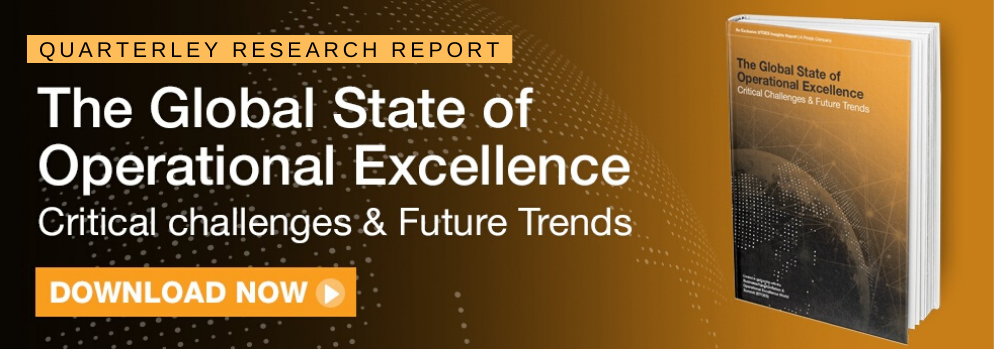
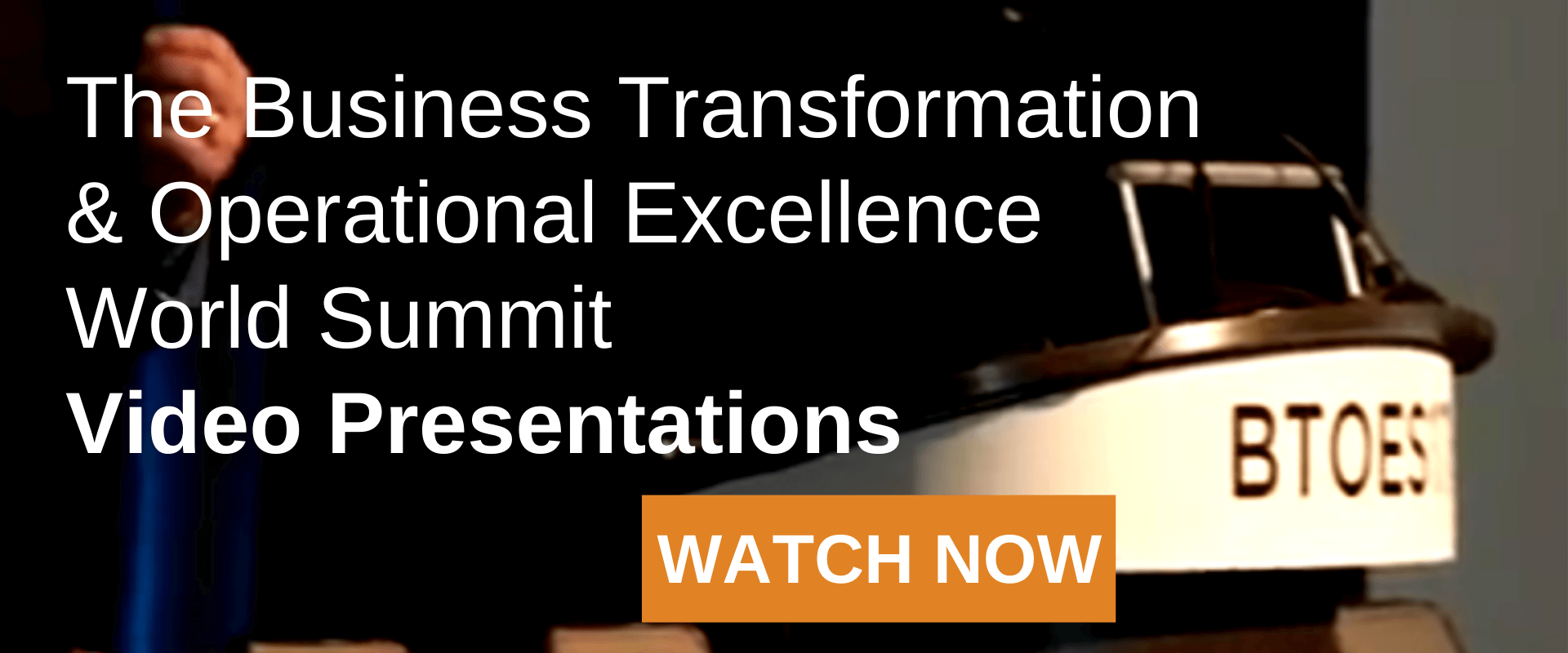
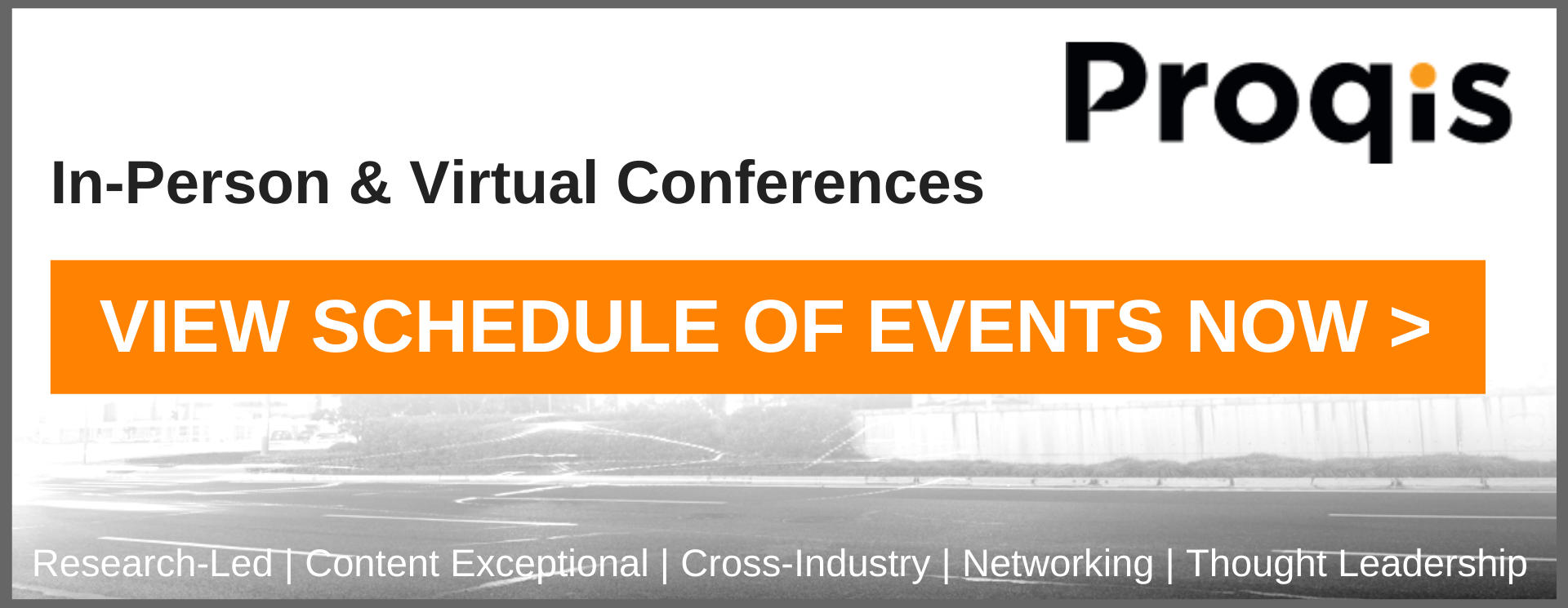
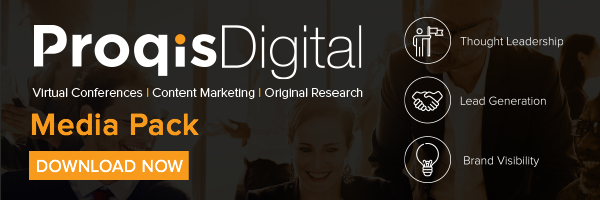

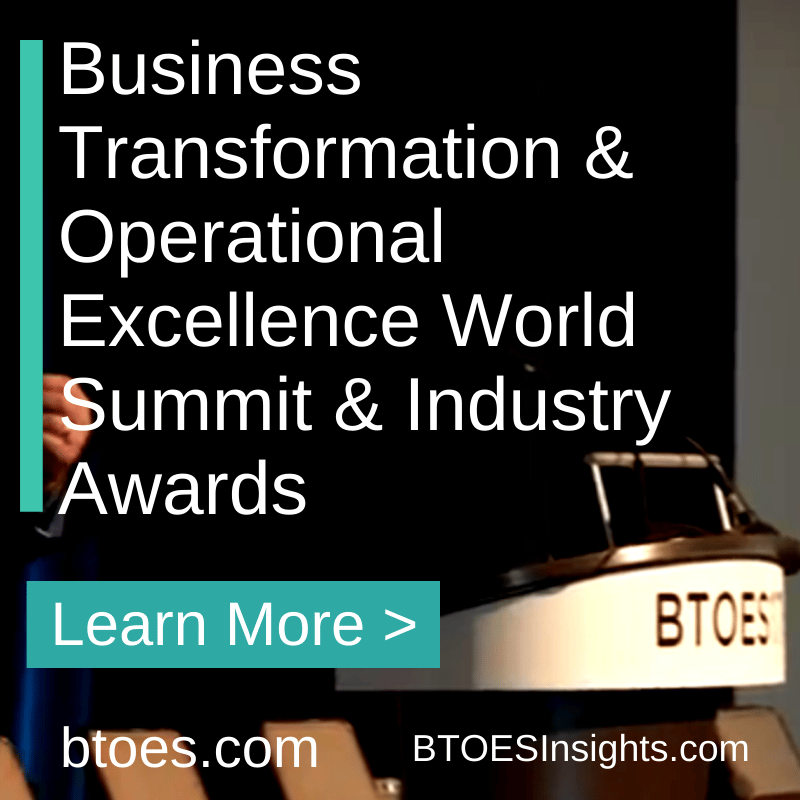
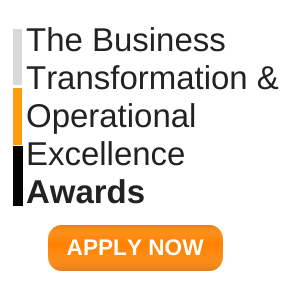

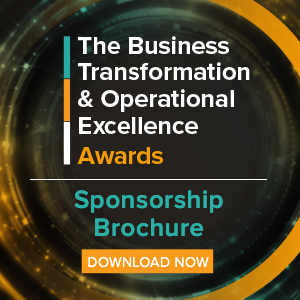
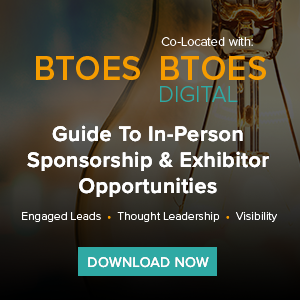

.png)
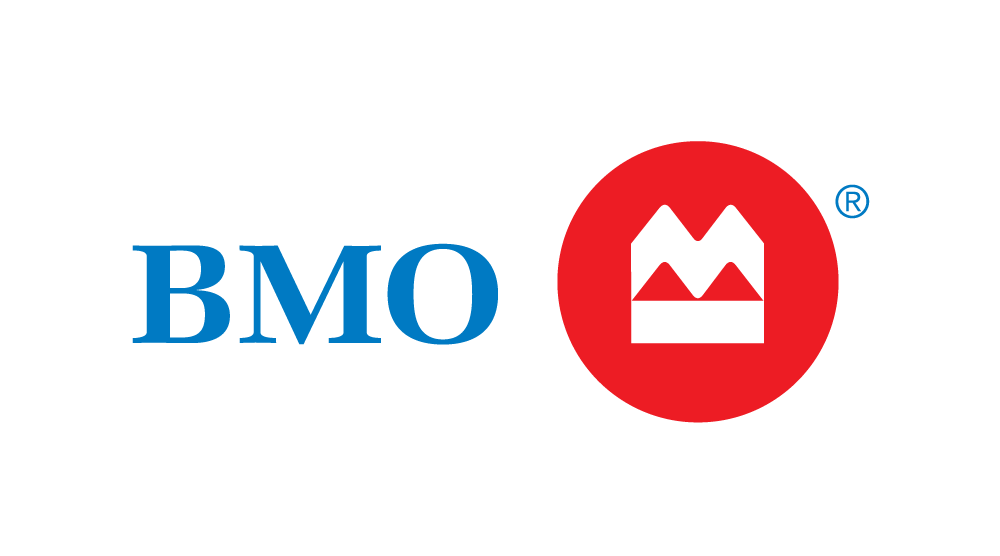
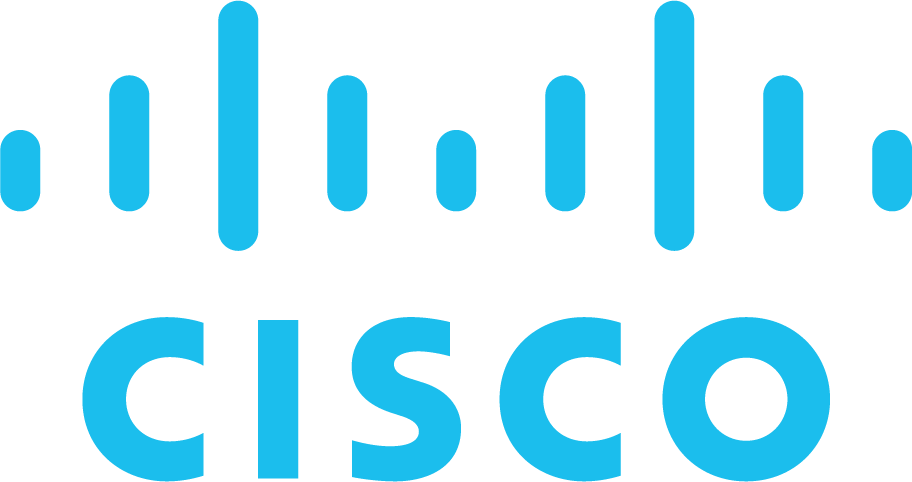
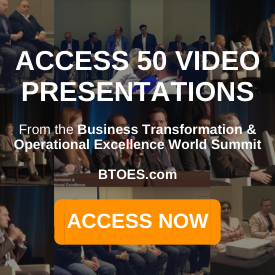
.png)
